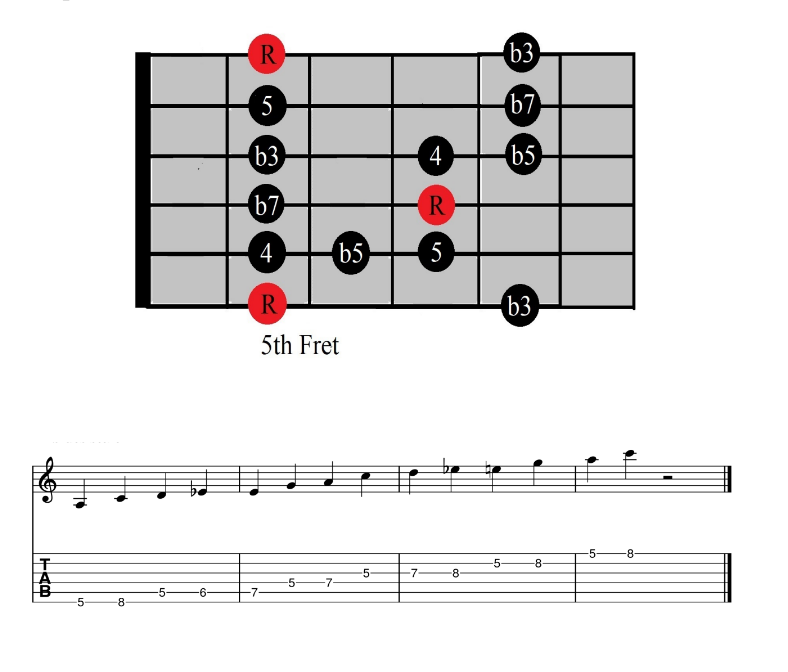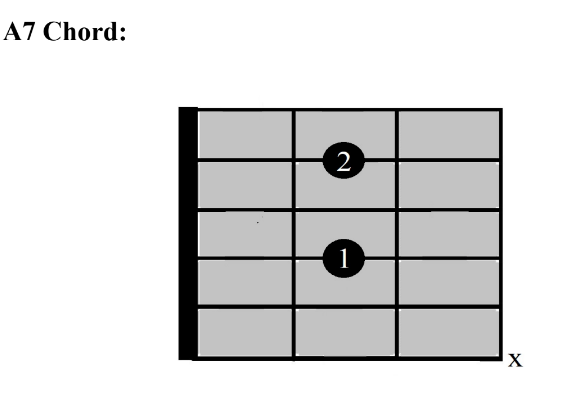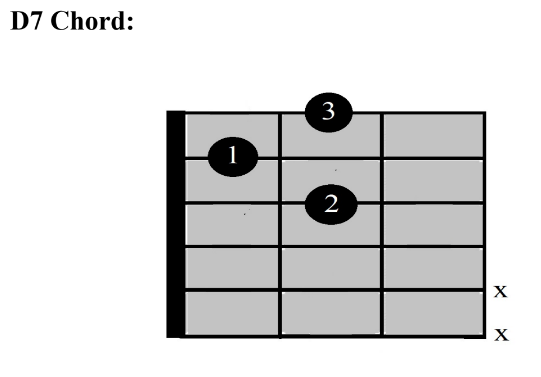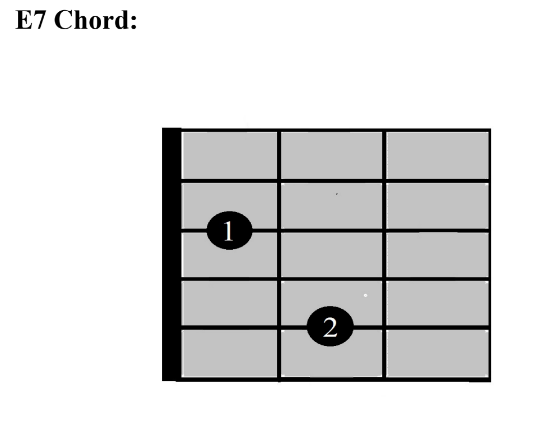
Table of Contents
The blues isn’t just a genre. It’s a feeling, a story told through notes and rhythm. From smoky southern juke joints to grand festival stages, blues music has been the emotional heartbeat of countless guitarists for over a century.
Whether you're a beginner guitarist or an intermediate player looking to understand its essence, learning the basics of blues on the guitar is both a rite of passage and a deeply rewarding journey.
Let’s get into the soulful world of blues guitar, its structure, scales, chords, techniques, and how you can begin expressing your own blues.

What Is Blues Guitar?
Blues guitar is a style rooted in the African-American experience of the Deep South, evolving in the early 20th century. It's characterized by expressive bends, call-and-response phrasing, the use of “blue notes,” and improvisation. Blues laid the foundation for jazz, rock, soul, and modern pop, making it essential knowledge for any guitarist.
The 12-Bar Blues Progression: The Backbone
The core of most blues songs is the 12-bar blues progression. This pattern is a series of chords played over 12 measures (or bars), typically using three chords: the I (one), IV (four), and V (five) chords of a key.
Example in the Key of A:

This results in the sequence:
| A7 | A7 | A7 | A7 | D7 | D7 | A7 | A7 | E7 | D7 | A7 | E7 |
The dominance of 7th chords gives blues its slightly dissonant, emotional tension.
The Blues Scale: Your Playground
Once you're familiar with the 12-bar progression, you’ll want to explore soloing and improvisation, which is where the blues scale shines.
The Minor Blues Scale Formula:
1 – b3 – 4 – b5 – 5 – b7
In A minor blues, the notes are:
A – C – D – Eb – E – G

This scale fits beautifully over the entire 12-bar progression, allowing expressive licks, bends, and phrases.
The pentatonic scale is also central, essentially a blues scale without the blue note (b5). Most beginner blues licks come from the minor pentatonic, which is easy to learn and sounds great right away.
Bending, Slides, and Vibrato: The Feel
Blues is about expression. The notes are only half the story; the way you play them conveys the emotion. These techniques are vital:
- Bending: Pushing or pulling a string to raise the pitch gives the illusion of a human voice.
- Slide: Moving from one note to another while maintaining finger contact for smoothness and soulfulness.
- Vibrato: Rapidly wiggling a note to add emotion and character.
- Hammer-ons/Pull-offs: Used for quick note changes that flow naturally in a lick.
Practice these with the blues scale, even if it's just two or three notes at a time. The goal isn’t speed, it’s expression.
The Shuffle Rhythm: The Groove of Blues
Blues rhythm isn’t just about strumming chords, it’s often played with a “shuffle” feel.
Instead of straight eighth notes: 1 & 2 & 3 & 4 &
You play: 1 (trip-let) 2 (trip-let) 3 (trip-let) 4 (trip-let) Emphasizing the first and third part of each triplet: DA - da - da, DA - da - da
This swing feel is what makes the blues groove. Playing power chords or 7th chords with this rhythm pattern can immediately make your playing sound bluesy.
Call and Response: A Conversational Style
Blues has deep roots in African musical traditions, one of which is call and response. This is a structure where one phrase (the call) is followed by a second phrase (the response). In blues guitar:
- Call: A short lick or riff
- Response: A vocal line or another guitar phrase
You can use this technique to structure solos or interact with a singer, keyboardist, or even yourself during a jam.
Essential Chords for Blues Guitar
Start with dominant 7th chords (like A7, D7, E7). These are major chords with a flat 7th note added, giving that “bluesy” feel.
Here are the shapes of the few most used dominant 7th chords.



Other useful chords and voicings include:
- 9th chords (e.g., E9) – jazzier and smoother
- 13th chords (e.g., A13) – for advanced blues
- Chord extensions and sliding chords – add spice to rhythm playing
Try different voicings up the neck, like barre chords or “shell chords” offer variety.
Learning from the Legends
If you're serious about learning blues guitar, studying the masters is essential. Here are some icons to listen to and get inspired:
- B.B. King – “The King of Blues,” master of vibrato and phrasing.
Albert King – Known for powerful string bends.
- Stevie Ray Vaughan – Blended blues with rock intensity.
- Eric Clapton – Brought blues to a global audience.
- John Lee Hooker – Known for rhythmic, hypnotic style.
- Robert Johnson – The Delta Blues originator.
Play along with their recordings, learn their licks, and try to feel the story they’re telling.
Jamming the Blues
Once you’re comfortable with the 12-bar progression and basic scales, start jamming:
- Use a blues backing track (many available on YouTube).
- Start with just a few notes from the minor pentatonic.
- Focus on phrasing, timing, and emotion. NOT speed.
Here are some backing tracks to jam with from youtube.
Smoky Slow Blues Jam in B Minor | Guitar Backing Track
Blues Jam Track Key of A (Blues Backing Tracks)
Sexy Slow Blues Backing Track in C Minor | Bonamassa Style Jam Track (44.666 BPM)
Sad Minor Blues BACKING TRACK JAM in A minor
Blues Funk Groove Guitar Backing Track in F Minor (98bpm)
Don’t be afraid to repeat licks and motifs because blues thrives on repetition with variation.

Practice Tips for Beginners
- Master one key (like A) before moving to others.
- Record yourself and listen for timing and feel.
- Jam with others whenever possible.
- Keep a vocabulary of licks, write them down, or memorize them.
- Sing your solos; this helps internalize phrasing and expression.

Book a free trial class today and learn acoustic guitar or explore electric guitar online course!
-Turja Das Gupta
Guitar and Ukulele SME
